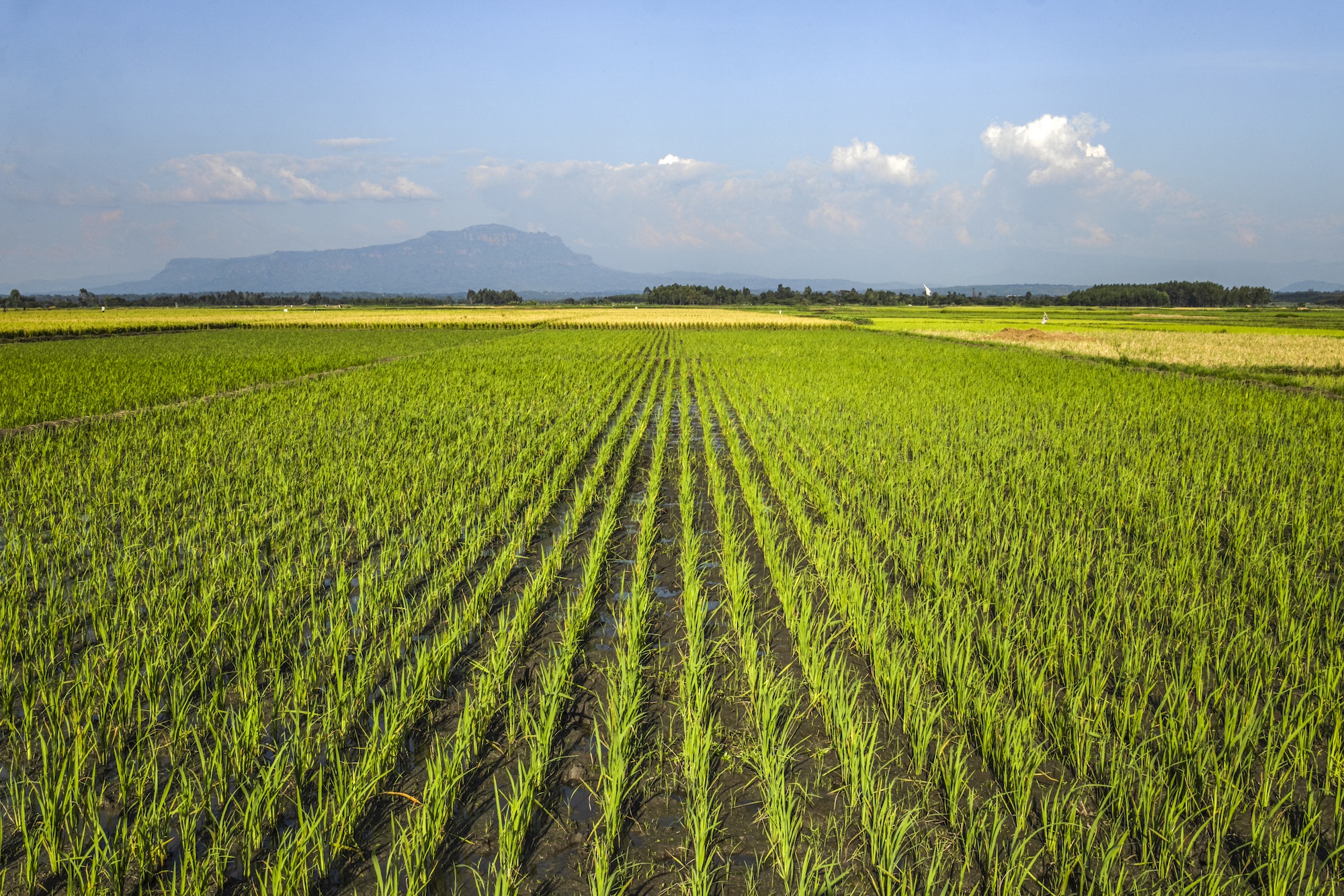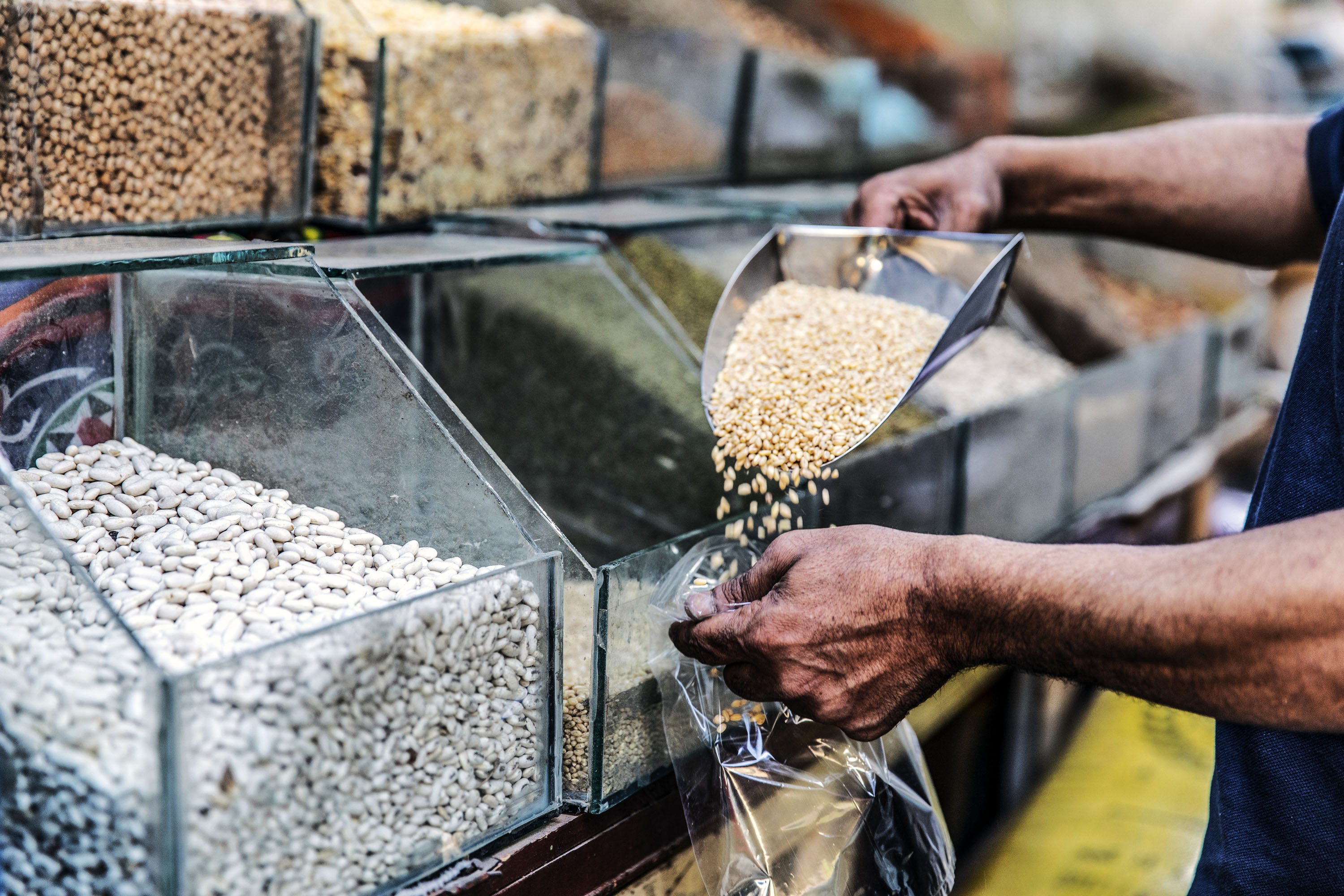FAO Blog
Investments that dare to solve the crisis of food insecurity

Unless comprehensive financial reforms are made in 2025, hunger will remain entrenched, especially among the poorest countries.
©FAO/Stuart Tibaweswa
Crises of food insecurity are, in effect, crises of financing. Despite the growing needs of the most vulnerable to food insecurity and malnutrition, and the critical role that agrifood systems play in the economies of most low- and lower middle-income countries, neither the quantity nor quality of financing for agrifood systems transformation has improved substantially since the last International Conference on Financing for Development in 2015. Unless comprehensive financial reforms are made in 2025, hunger will remain entrenched, especially among the poorest countries.
It has been one decade since world leaders gathered at the Third International Conference on Financing for Development in Addis Ababa and, among other things, pledged to end hunger and malnutrition. At the time, close to 800 million people faced undernourishment.
The level hasn’t much changed today, as today’s challenges are even more complex than they were in 2015. Developing countries are still reckoning with the aftereffects of the COVID-19 pandemic, climate shocks have become more frequent and conflicts more entrenched and widespread. 1 in 11 people faced hunger in 2023, a figure that had plateaued for three consecutive years after rising during the COVID-19 pandemic.
As all roads lead to Seville, Spain for the Fourth International Conference on Financing for Development, now is the time for bolder, smarter plans to finance agrifood systems transformation, anchored in the economic realities of countries and people most dependent on them. Solutions exist and could be implemented, assuming the availability of financial resources.

In response to the 2022 inflation of food prices following the onset of war in Ukraine, the Egyptian government expanded the coverage and value of its flagship cash transfers programmes. ©FAO/Pedro Costa Gomes
Several middle-income countries have managed to recover from recent crises through targeted programmes and social safety nets. The “Supérate” programme in the Dominican Republic, for example, includes temporary cash transfers, activated after natural disasters like Hurricane Fiona in 2022. In Egypt, in response to the inflation of food prices of 2022 following the onset of war in Ukraine, the government expanded the coverage and value of its flagship cash transfers programmes, Takaful and Karama.
However, low- and lower-middle-income countries have limited money to meet fundamental food security and nutrition needs, and not enough external financing – whether public or private – reaches the sector and those most in need.
For the governments of developing countries, it is critical to reallocate existing domestic financial resources towards cross-sectoral investments that can have a greater transformative impact on agrifood systems – at the nexus between development, climate, and humanitarian finance. These can really benefit the most marginalized segments of rural populations. Instruments such as debt-for-development swaps can help these governments liberate essential fiscal space and redirect it towards financing agrifood systems transformation.
But this transformation cannot rest squarely on the shoulders of these governments alone. In a global context marked by cuts to overseas development assistance, innovative financing instruments can and should be used to bolster the engagement of private capital, both domestic and international, in agrifood systems transformation.
In this context, a blended finance approach is key as it allows for more complex and daring investments in agrifood systems by leveraging low-interest public capital to de-risk and incentivize the participation of private financiers. Green bonds are growing in popularity, as they could mobilize sizeable amounts of capital on international markets towards investments that can accelerate agrifood systems transformation, such as renewable energy use in agriculture, restoration of degraded farmland and efficient irrigation.
The innovative finance toolbox is vast, but the choice of instrument remains limited by a country’s capacity to access commercial capital, and the effective commitment of all players in the development finance landscape.
With over one billion people currently employed in agrifood systems, the negotiations at this year’s International Conference on Financing for Development represent a generational opportunity for policymakers, development finance providers and the private sector to shift course decisively. The next decade’s harvest depends on it.
Learn more:
Financing food for a better future: Financing agrifood systems transformation to increase resilience, and prevent and mitigate food crises
David Laborde is Director of the Agrifood Economics and Policy Division at FAO
Lauren Phillips is Deputy Director of the Rural Transformation and Gender Equality Division at FAO
Post Categories:
Categories: AgriFood System Transformation , Financing for Development
